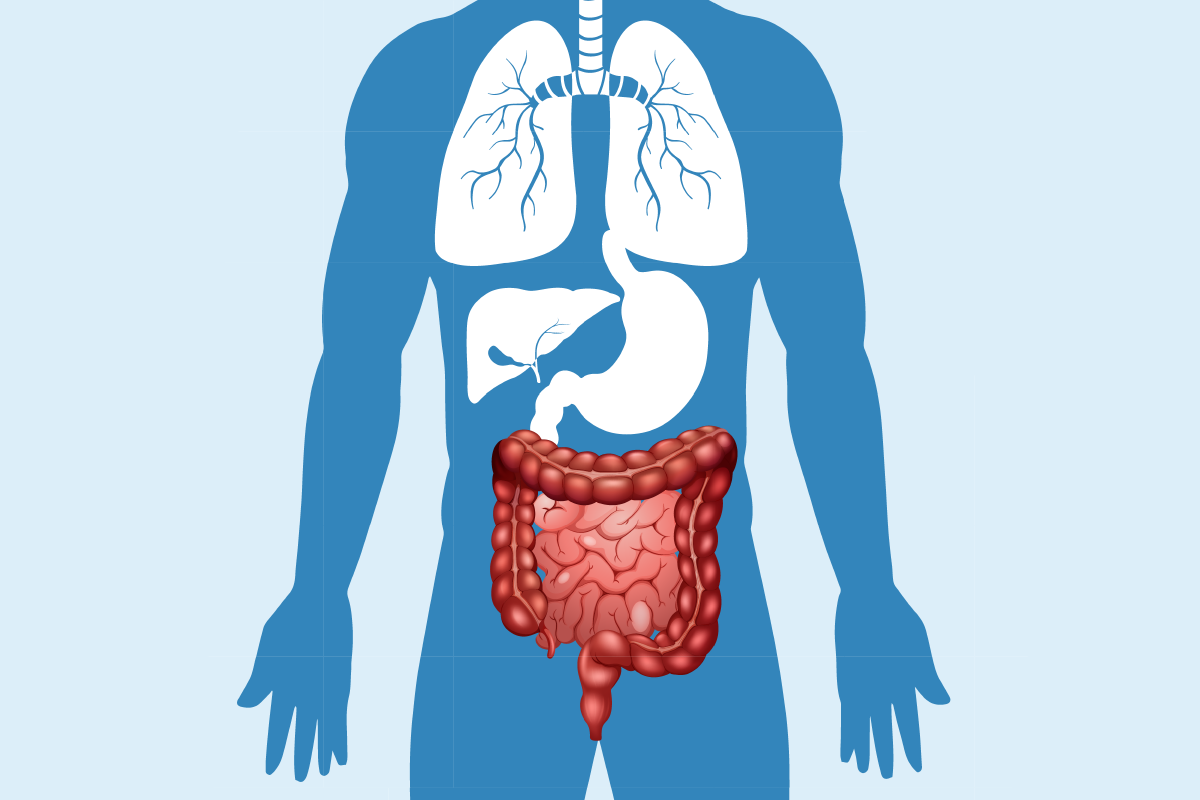The Role of Mindful Movement in Modern Wellness
Have you ever considered how your mind affects your physical health? As the pace of life becomes increasingly hectic, many of us overlook the importance of mindful movement in maintaining our overall well-being. This article will delve deep into this fascinating topic, providing a fresh perspective on how this practice can enhance our lives.

A Historical Perspective on Mindful Movement
Mindful movement, a practice that integrates mindfulness and physical activity, is not a new concept. From the ancient practices of Yoga in India to Tai Chi in China, the idea of conscious, intentional movement has been woven into the fabric of human history for thousands of years. These practices were often tied to spiritual and philosophical beliefs, as well as physical well-being.
The Science Behind Mindful Movement
Fast forward to the 21st century; the scientific community has taken a keen interest in the concept of mindful movement. Research has shown that when we engage in physical activity with a sense of awareness and intention, it positively impacts our mental health, stress levels, and overall quality of life.
This is partly because mindful movement tends to engage the parasympathetic nervous system—the “rest and digest” part of our nervous system that helps us relax and recover from stress. This engagement can lower cortisol levels, reduce inflammation, and improve immune function.
The Rise of Mindful Movement in Modern Wellness
As we increasingly recognize the importance of mental health in our overall wellness, mindful movement has found its place in modern health trends. Many wellness experts now advise incorporating mindful movement into our daily routines as a way to manage stress, enhance mental clarity, and improve physical health.
However, it’s essential to remember that the practice isn’t about achieving a specific fitness level or body type. Instead, it’s about cultivating a healthier relationship with your body and mind.
The Benefits and Challenges of Mindful Movement
The benefits of mindful movement are wide-ranging. On a physical level, it can improve flexibility, strength, and balance. Mentally, it can enhance focus, reduce stress, and foster a more positive body image.
However, the challenges lie in integrating mindful movement into our fast-paced lifestyles. It requires commitment, patience, and practice to fully reap its benefits. It also requires a shift in mindset—from viewing physical activity as a chore or a means to an end, to seeing it as a valuable opportunity for self-care and mental nourishment.
Practical Tips for Incorporating Mindful Movement into Your Routine
-
Start with small, manageable steps. Even a few minutes of mindful movement each day can make a significant difference.
-
Choose activities that you enjoy. This could be anything from a simple stretching routine to a dance class, a leisurely walk, or a yoga session.
-
Pay attention to how you feel during and after the activity. Try to stay present and notice the connection between your mind and body.
-
Be patient with yourself. Remember, it’s not about perfection, but about developing a healthier and more mindful relationship with your body and mind.
In conclusion, mindful movement is a powerful tool that can enhance our physical health, mental well-being, and overall quality of life. It reminds us of the importance of slowing down, paying attention to our bodies, and nurturing our minds in our fast-paced world. As we continue to navigate the complexities of modern life, it’s worth considering how this ancient practice could be integrated into our daily routines for a healthier, more mindful lifestyle.




